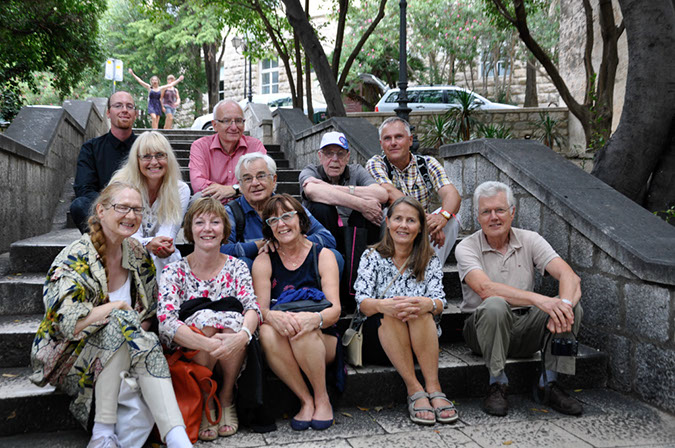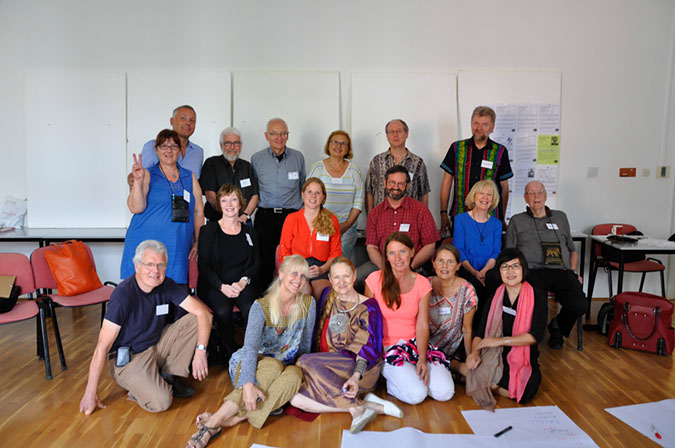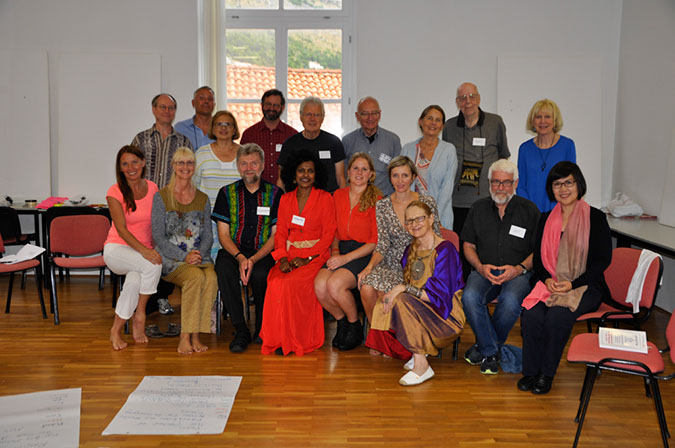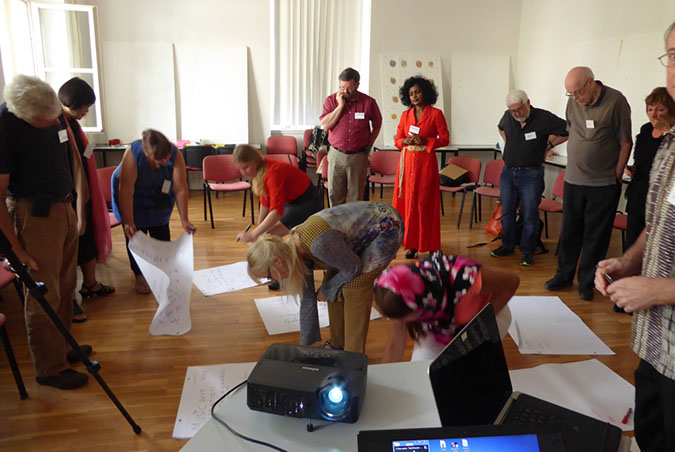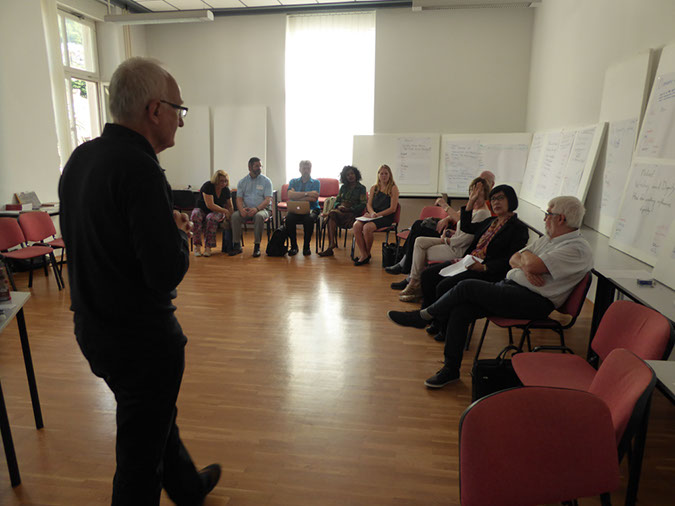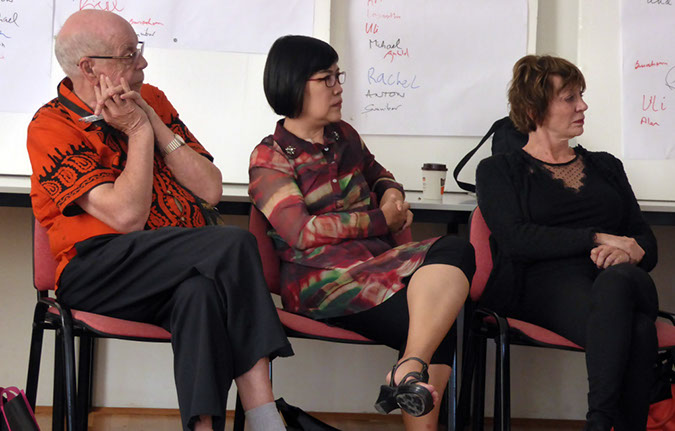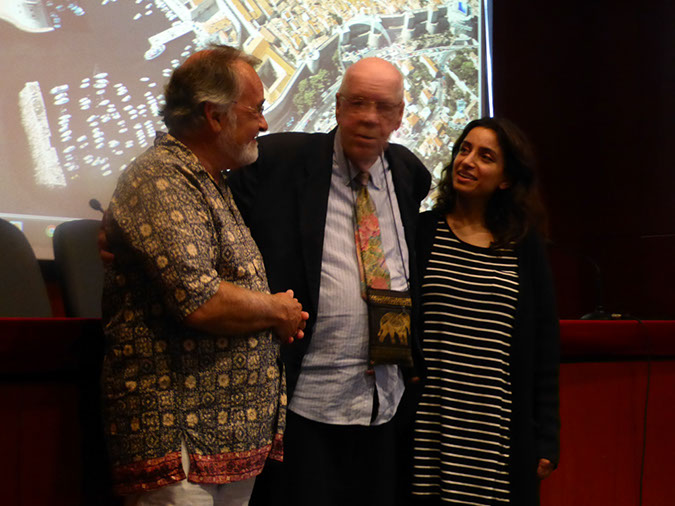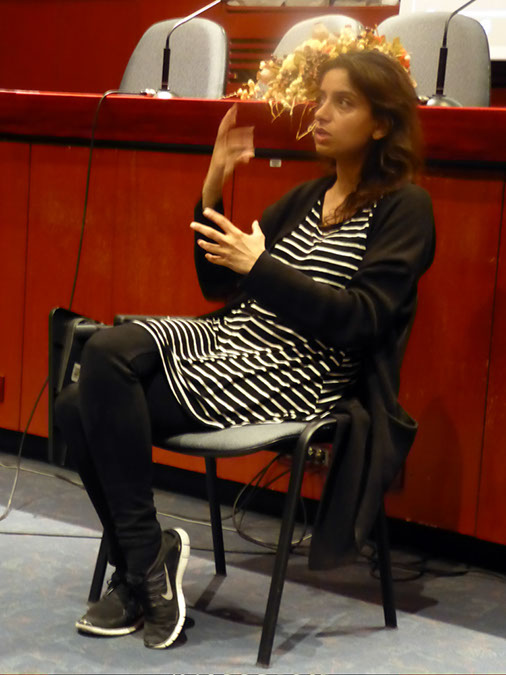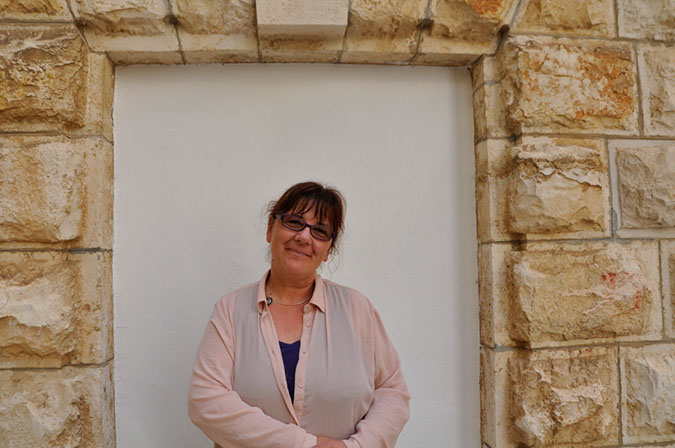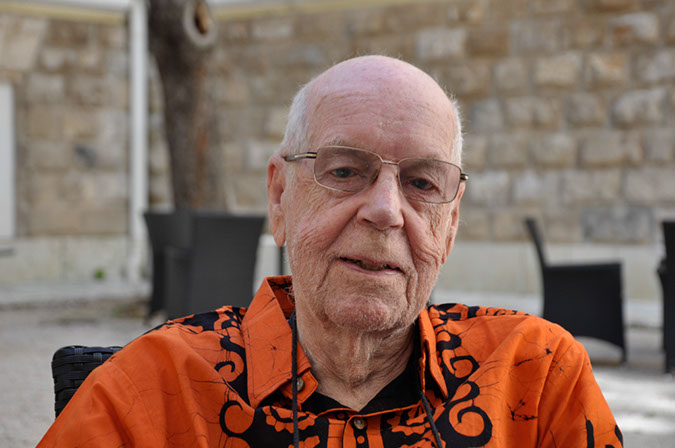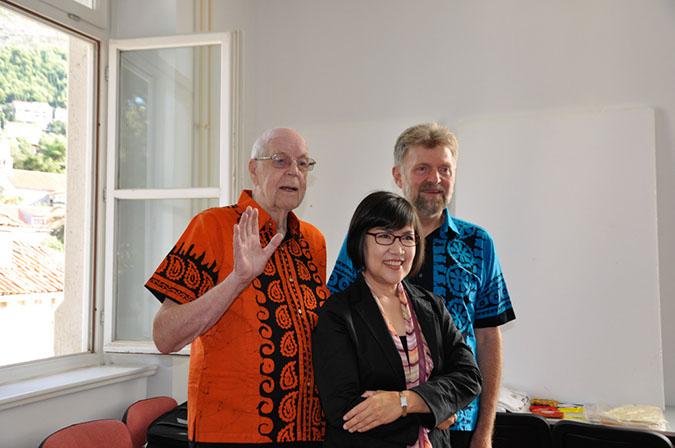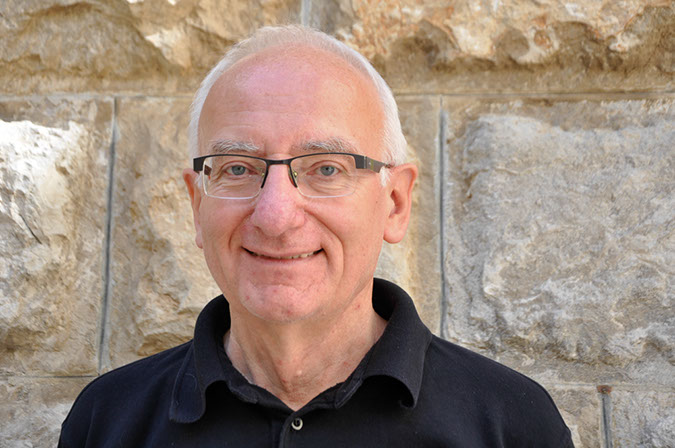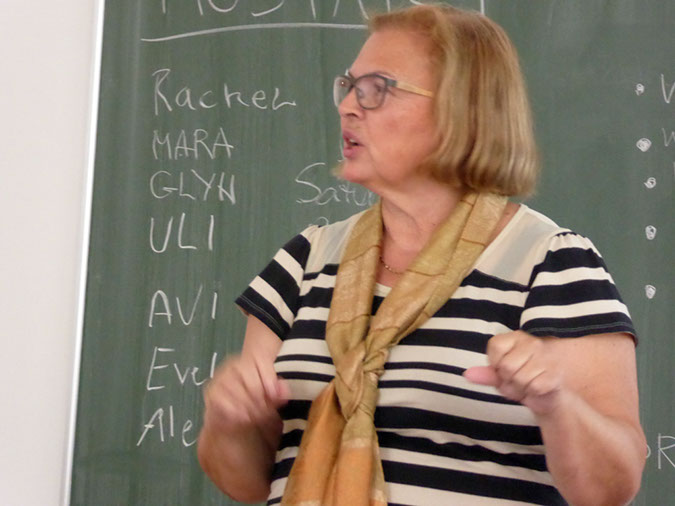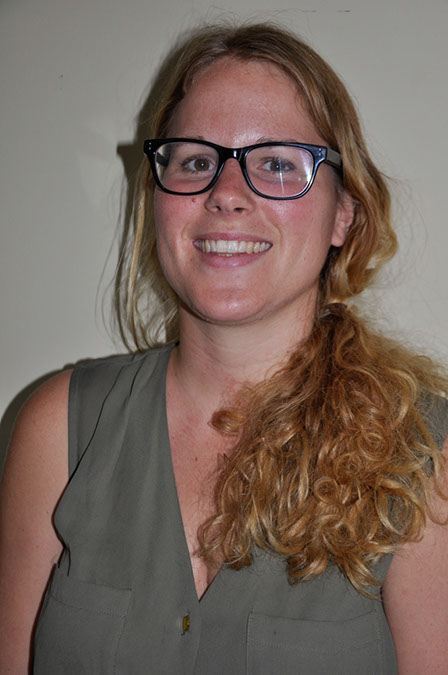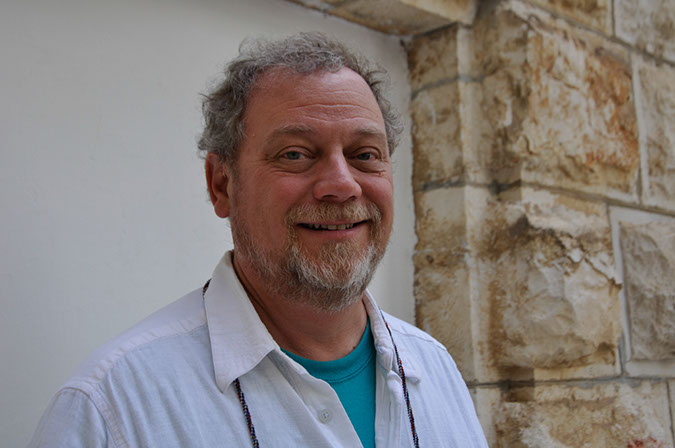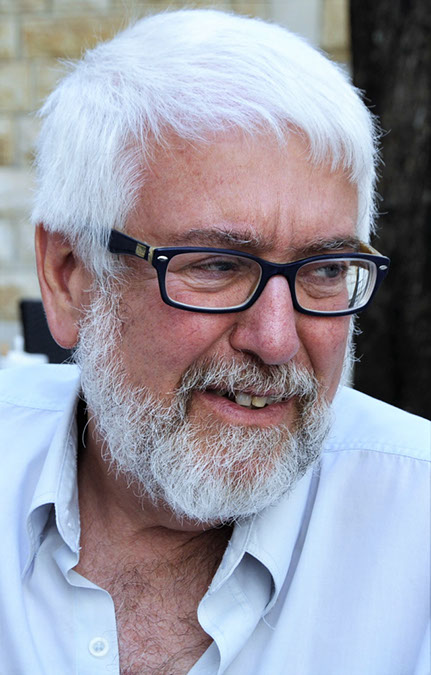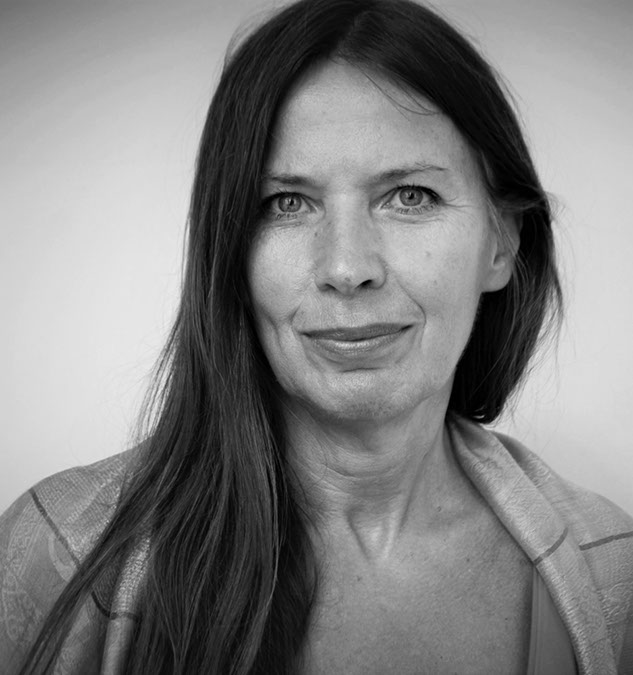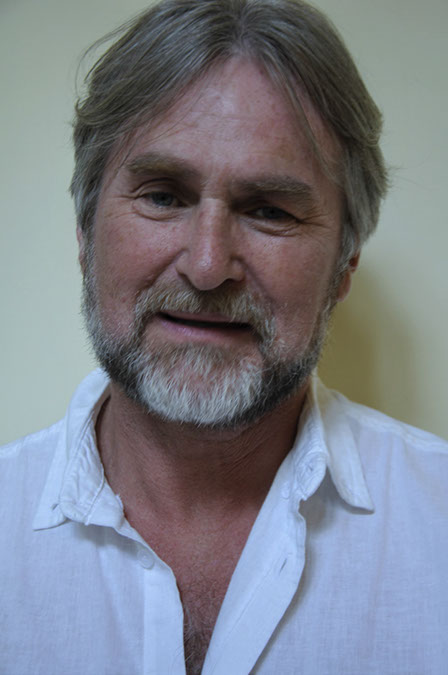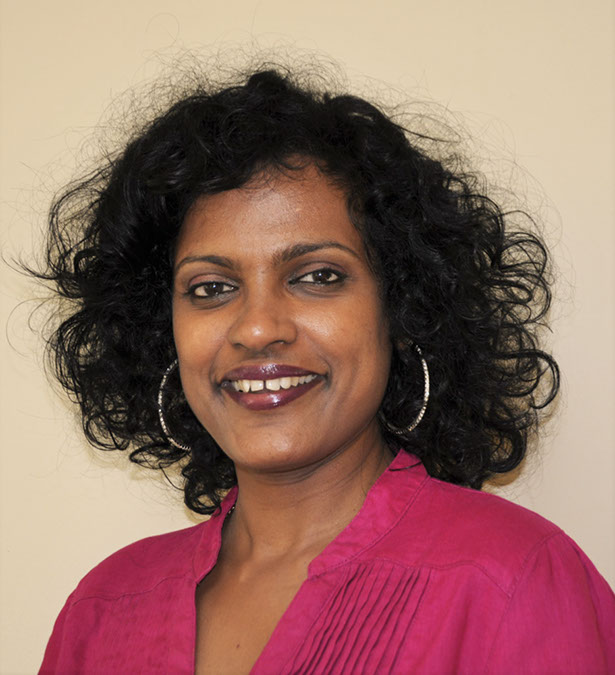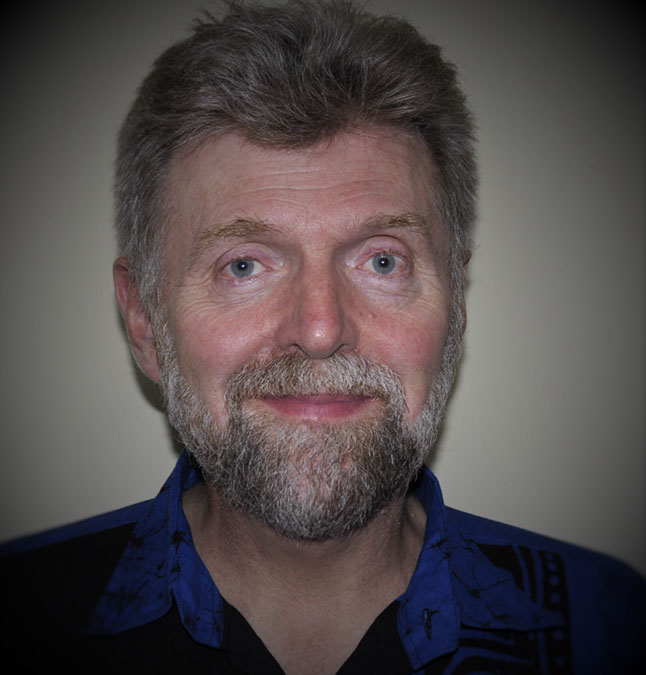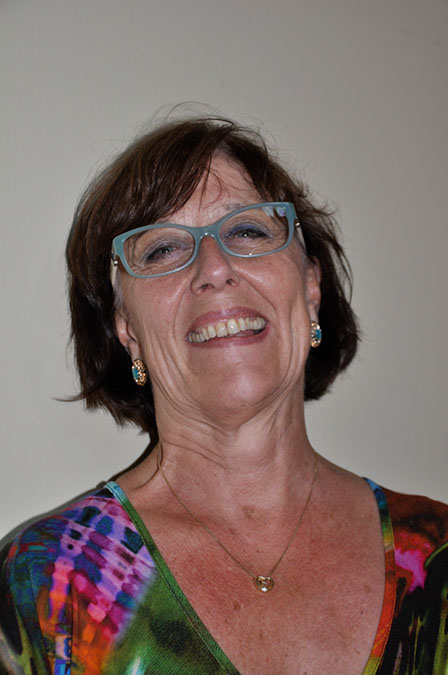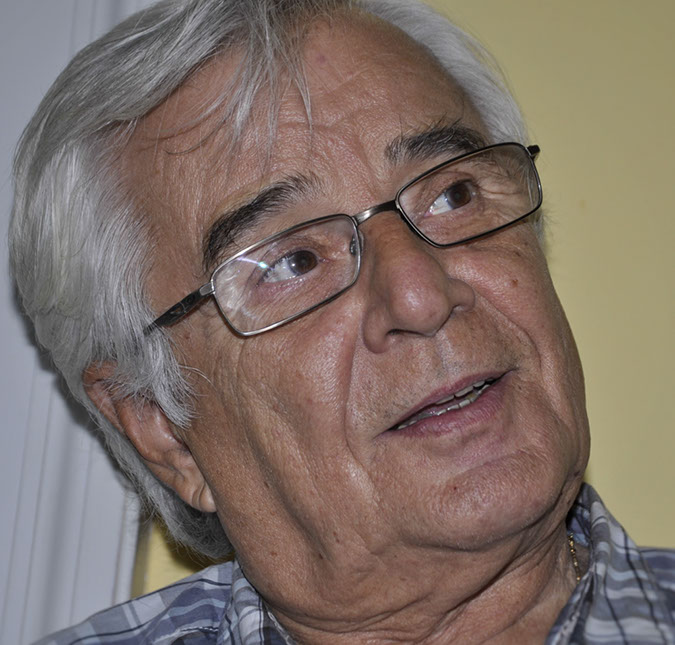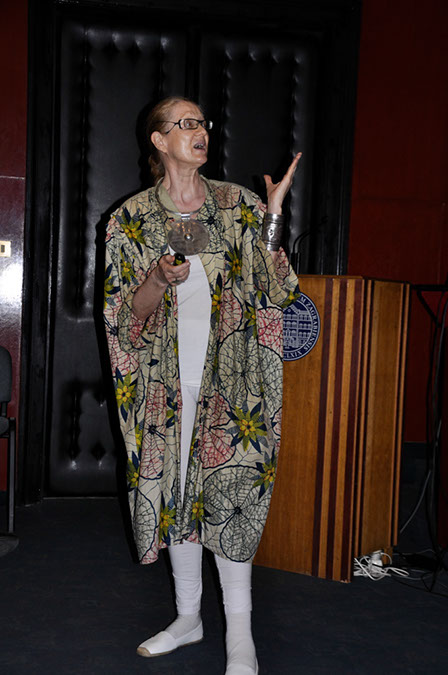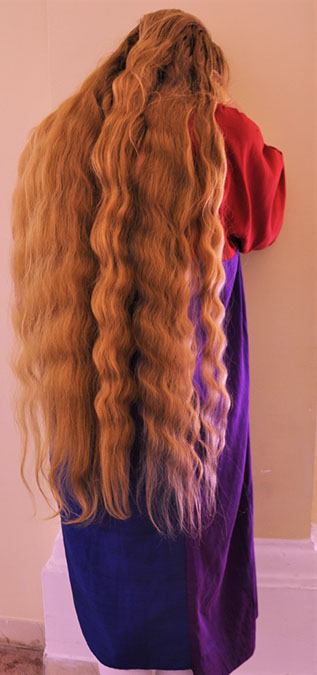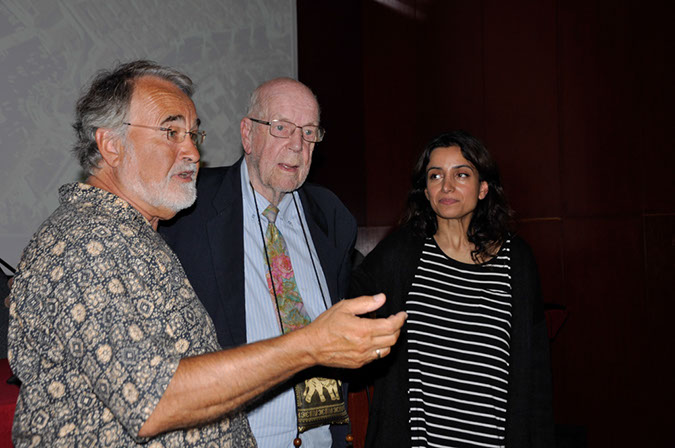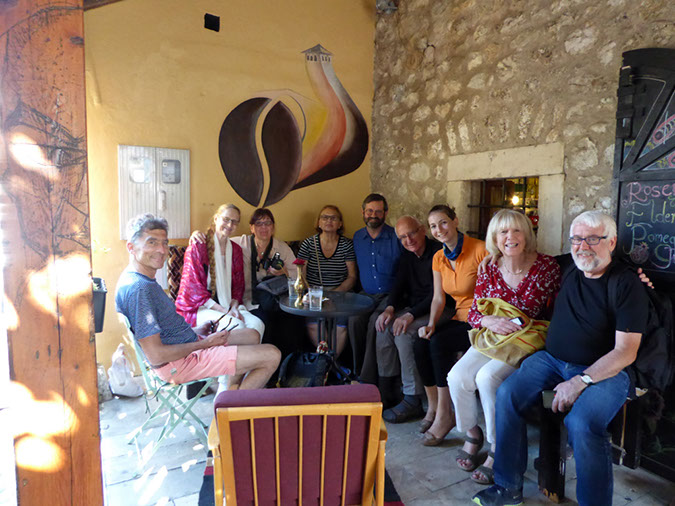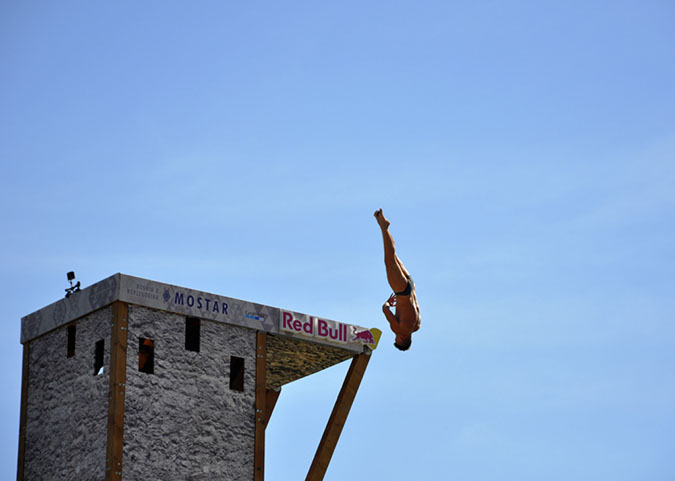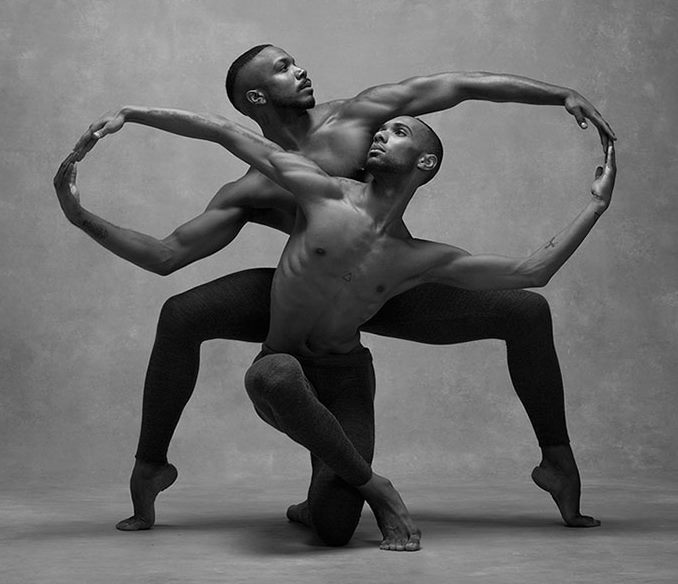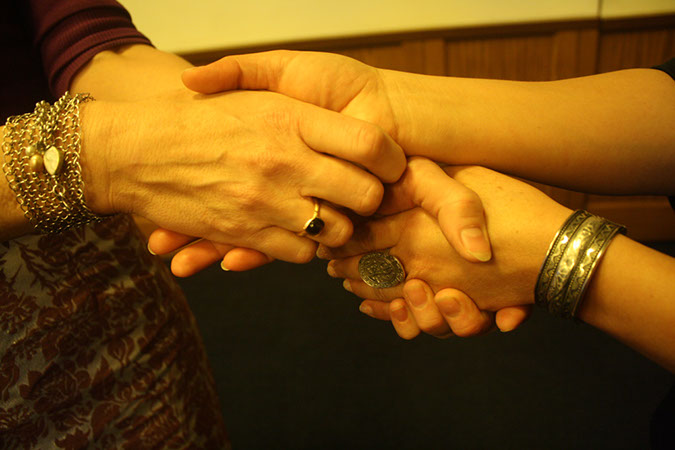Newsletter Nr. 27 (September 2016, subsequent to our 27th Annual Conference of Human Dignity and Humiliation Studies, in Dubrovnik, Croatia, 19th - 23rd September 2016)
Compiled by Evelin G. Lindner, in 2016
(Note: This newsletter is written in British English, since this conference took place outside of the U.S. In our NY workshops, we usually use American English.)
Contents
• Pictures
• Thanks!
• Evelin Lindner's reflections
• Your reflections after our conference
• Announcements and Good News
• What Is the Aim of Our Work?
• Welcome Again!
Pictures
(Important note to our conference particants: During our conferences, we always make an effort to ask for your permission to have your pictures posted on this website. However, you may have overheard or misunderstood our question, or you may have changed your mind since, either in total or for specific pictures/videos, please let us know! Thank you! Since we wish to walk the talk of dignity, it is very important for us to do our utmost in respecting everybody's privacy. We refrain from gathering written permissions from you during our conferences, since we value the building of mutual trust in relationships, and we also would like to refrain from contributing to an ever more bureaucratic and legalistic society.)
27th Annual Conference of Human Dignity and Humiliation Studies, in Dubrovnik, Croatia Still photos: • Please click here to see all of Rachel Aspögård's 60 photos of the entire conference, including her wonderful portraits of our participants! Video Messages for the World Dignity University (WDU) Initiative: |
Day Zero, Sunday, 18th September 2016 • Please click here to see all of Rachel Aspögård's 41 photos of our Dubrovnik City Walk with wonderful Marko Milos |
Day One, Monday, 19th September 2016 • 01 Welcome Greetings:
The participants were welcomed by representatives from the participating universities |
Day Two, Tuesday, 20th September 2016 |
Day Three, Wednesday, 21st September 2016 |
Day Four, Thursday, 22nd September 2016, Celebrating Kjell Skyllstad |
Day Four, Thursday, 22nd September 2016, Town Hall Meeting with Samoan Cirlce Videos: |
Day Four, Thursday, 22nd September 2016, Deeyah Khan and her film Jihad |
Day Five, Friday, 23rd September 2016 |
• Please click on the photos above or here to see all of Rachel Aspögård's 60 photos of the entire conference, including her wonderful portraits of the participants! |
Day Six, Saturday, 24th September 2016: We had a wonderful post-conference excursion from Dubrovnik to Mostar under the amazing guidance of Dino Karabeg.
In Jasmin Elesovic's Café de Alma we heard wonderful Sevdah music: Himzo Polovina - Lijepi li su mostarski ducani (Nice Are Mostar shops). And the world championships of extreme diving took place just when we arrived! • Please click on the photo above to the left or here to see all 48 pictures from Evelin's camera • Please click on the photo above to the right or here to see Rachel's 50 photos of our excursion to Mostar Mostar is a city and municipality in southern Bosnia and Herzegovina. It is the most important city in the Herzegovina region, its cultural capital, and the centre of the Herzegovina-Neretva Canton of the Federation. Mostar is situated on the Neretva River and is the fifth-largest city in the country. Mostar was named after the bridge keepers (mostari) who in the medieval times guarded the Stari Most (Old Bridge) over the Neretva. The Old Bridge, built by the Ottomans in the 16th century, is one of Bosnia and Herzegovina's most recognizable landmarks, and is considered one of the most exemplary pieces of Islamic architecture in the Balkans. It was destroyed during the war of the former Yugoslavia but later re-built. Today, Mostar is still the example of the city divided in two - into a Catholic and Muslim side, however today with peaceful cohabitation. Everybody had to make sure to bring their passports, since Bosnia and Herzegovina is not a part of the EU and cannot be accessed with an EU identity cards. We had to decide on the first day of our conference, on Monday, 19th September, how many of us were interested to join in. The price depended on the number of people (van or a mini-bus), but the estimate was around 20 Euro per person for transportation. The duration of the trip is around 2 1/2hours in one direction. A warm thank you to Mara Alagic and Glyn Rimmington for recommending to us books we could read to better understand the region: 1. The Bridge on the Drina by Ivo Andric: 'The Bridge on the Drina is a vivid depiction of the suffering history has imposed upon the people of Bosnia from the late 16th century to the beginning of World War I. As we seek to make sense of the current nightmare in this region, this remarkable, timely book serves as a reliable guide to its people and history... No better introduction to the study of Balkan and Ottoman history exists, nor do I know of any work of fiction that more persuasively introduces the reader to a civilization other than our own. It is an intellectual and emotional adventure to encounter the Ottoman world through Andric's pages in its grandiose beginning and at its tottering finale. It is, in short, a marvelous work, a masterpiece, and very much sui generis... Andric's sensitive portrait of social change in distant Bosnia has revelatory force' (William H. McNeill, from the introduction). 2. People of the Book by Geraldine Brooks. 3. Haggadah: '… In Bosnia during World War II, a Muslim risks his life to protect it from the Nazis. In the hedonistic salons of fin-de-siècle Vienna, the book becomes a pawn in the struggle against the city’s rising anti-Semitism. In inquisition-era Venice, a Catholic priest saves it from burning. In Barcelona in 1492, the scribe who wrote the text sees his family destroyed by the agonies of enforced exile. And in Seville in 1480, the reason for the Haggadah’s extraordinary illuminations is finally disclosed. Hanna’s investigation unexpectedly plunges her into the intrigues of fine art forgers and ultra-nationalist fanatics. Her experiences will test her belief in herself and the man she has come to love' (from goodreads.com). Thank you to Dino Karabeg for mentioning Death and the Dervish by Meša Selimovic: 'Sheikh Nuruddin is a dervish at a Sarajevo monastery in the eighteenth century during the Turkish occupation. When his brother is arrested, he descends into the Kafkaesque world of the Turkish authorities in order to find out what has happened. As he does so, he begins to question his relations with society as a whole and, eventually, his life choices in general' (from goodreads.com). |
Day Seven, Sunday, 25th September 2016: We were privileged to be invited to take part in the beginning of the conference 'Tools and Practices for the Collective Mind Revolution', with a deep introduction into the history of Dubrovnik under the amazing guidance of Dino Karabeg's uncle Suad Ahmetović. Please see his breathtaking detective work on a politically sensitive relief that had disappeared in 1941. It is a monumental relief of the famous Croatian sculptor Ivana Mestrovic depicting Serbian King Petar I Karadjordjevic, and which was mounted on the city walls of Dubrovnik 90 years ago. In the year 1941, the relief was removed from its place, and in 1945, it was transferred to the by then nationalized palace of shipowner Božo Banac (which is now an Art Gallery) and placed against a wall so that it could not be seen. By 1975, it had been completely forgotten. In year-long detective work, Suad Ahmetovic was able to re-discover the relief and find out what had happened to it! |
Day Eight: On 26th September 2016, it was a great privilege to be invited to the 5th Biennial Meeting of the Knowledge Federation, titled 'Tools and Practices for the Collective Mind Revolution', a conference convened by Dino Karabeg at the Inter-University Centre Dubrovnik, 25th September – 1st October, 2016. • Please click on the photo above or here to see the video of Evelin Lindner's talk titled 'From Systemic Humiliation to Systemic Dignity' (see also the Powerpoint presentation). The photo at the bottom to the left was taken in September 26, 2016, and shows Glyn Rimmington together with Evelin demonstrating the infinity symbol as a symbol for dialogue. Mara Alagic, who took the photo, was later inspired to contribute with the picture you see on the right side, which shows the infinity symbol in unprecedented beauty. Thank you, dear Mara! She found this wonderful “infinity dance” on the website of the Alvin Ailey Dance Theater. |
Dear Friend! Thanks!
We had a remarkable dignity conference in Dubrovnik in Croatia! The conference was titled 'Cities at Risk - From Humiliation to Dignity'.
Please allow me to begin this newsletter by expressing my profound gratitude to the esteemed inspirer and convener of this conference, our dear Kjell Skyllstad, and to our gracious host, the Inter-University Centre Dubrovnik (IUC), with wonderful Nada Bruer Ljubišić as Executive Secretary.
I must admit that I lack adequate words to express my personal appreciation, recognition, and deep gratitude to all those who made this conference possible! I am so proud that we were able to honour you, dear Kjell, with our HumanDHS Lifetime Achievement Award, and take a whole day, the 22nd September, to celebrate you! And that we were able to honour our dear Nada Bruer Ljubišić and Tomislav Kvesić with our Beacon of Dignity Award! And that we could also express our gratitude to Rachel Aspögård after our conference with the same award!
I wish to acknowledge particularly Uli Spalthoff, who so wonderfully stepped up to take responsibility, and he did that untiringly. He took the responsibility of coordinating our Dignilogues, to give just one of the many examples of his immense support.
We profoundly thank Rachel Aspögård for her hard work in recording our videos, and for taking such wonderful photos! We are extremely grateful!
I also wish to thank all participants for joining hands in making this conference one of our most special and most memorable ones. Everyone participated by not only offering their particular personal perspectives, everyone also engaged in an enormously enriching process of co-creating new meaning.
I would now like to invite everyone to contribute to this newsletter with your reflections (whatever you wish to share publicly, just send it to me so that I paste it in further down)! We invite comments, thoughts, and reflections both from the participants, and from those who were with us in spirit!
Please allow me to remind you that all our conferences are part of our ongoing relationship-building work (rather than 'stand-alone' events). We wish to nurture a global community of people who strive to bring more dignity into the world. Our 27th Annual Dignity Conference was yet another opportunity, unique in its intensity, one that deeply inspired also me personally. The diversity of backgrounds of our participants was remarkable, these are just a few examples: Slovenia, Croatia, Thailand, Sri Lanka, Australia, North America, Germany, Israel, Norway/global, or Silesia/global. Many of the participants in our conferences and many members in our global network share a biography of journeying, both geographically and with respect to their life paths and experiences. Many have experienced profound turning points in their lives, which often foster deep change.
As you have noticed, we strive to conduct our conferences in ways that are different to mainstream conferences. Our conferences are designed to transcend the 'guru' model of having one or two noted celebrities orchestrating the experience for the non-celebrities. We wish to avoid a top-down approach to organising. Rather, we strive to practice a ripple-out approach, cultivating mutually beneficial action that emphasises loving service (rather than servitude!). We strive to refrain from relegating 'administrative' work to secretaries or marginalised members of society. We invite universal responsibility, universal co-leadership, leadership that encourages everyone to step in and contribute according to their interests, abilities, and passions.
In traditional conferences, participants arrive with the tacit expectation to spend the day more or less isolated, either as presenters or listeners, and when the official day ends, they expect to dissipate to do 'their own thing'. The only time when everybody is drawn together officially, at least to a certain degree, is during what is called Q&A (questions and answers, rather than dialogue). Group-building is relegated to the coffee-pauses or friendships being nurtured privately on the sidelines. As a result, very often, there is a widespread sigh after conferences: 'I had to give a paper to get funding for the conference, but slept through the presentations of the others, only the coffee-breaks where really good, because I enjoyed meeting old friends'.
The most important aim of our conferences is to transcend this state-of-affairs and to make clear that the 'work' of building a dignity family is the most important feature of our conferences. Our participants are invited to take responsibility for this process also outside of the 'official' schedule. Linda and I personally see our main task in nurturing this social-psychological connectivity rather than in the administration or scheduling of our conferences, as important as also this is for a dignified conference. We wish to nurture a climate of togetherness in equal dignity, of holding hands as human beings among human beings (Ubuntu), who act together in a spirit of mutual responsibility for each other, and who engage in mutual learning and teaching. We aim for a style that manifests the fact that we are one single human family on one single tiny planet, and that we have to learn to act like a good family if we wish to survive as a species. In our work, we wish to stay clear of abusing this connectivity for ulterior purposes, be they ideological, religious, monetary, or else. This approach includes also the pauses and the evenings.
In sum, the Dignilogues of our conference were yet another of our 'unconference' conferences: It was a co-created sharing of insights. Rather than organising time around 'presentations', we strove to take a collaborative approach to planning our time together. We used the format of Open Space Dignilogue Sessions, conversations on topics proposed by participants. On the first day of the Dignilogue Workshop, we invited everybody to suggest a topic and to be a facilitator/leader for her or his dialogue session. Those participants who proposed a topic, described it to the group. Then, collectively, we combined and prioritised ideas as needed to finalise the schedule for the rest of the conference. The Open Space process encouraged all of us to meet in a spirit of mutual support, equal dignity, and flexibility, which enriched the conversations throughout our 'unconference' conference.
Let me now explain our solidarity economics approach (see also my book A Dignity Economy). All participants are gifting their time pro bono. Our work is a labour of love. Nobody is being paid or gains monetary advantages from our work. Our human dignity movement has an almost zero budget. We refrain from going down the path of so many not-for-profit initiatives, which end up becoming as profit-oriented as for-profit businesses, or even more. We do whatever we can to refrain from building an 'empire' of our work. What we wish to do instead, is to nurture dignity, at all levels and in all details of our work. We wish to highlight our shared humanity on our home planet, rather than abusing social-psychological connectivity for 'empire building'.
There are no registration fees for our HumanDHS conferences (or our online sessions). In this case, the Inter-University Centre asked for 40 Euros from each participant, a contribution on which the centre depends for its existence. By practicing a 'lean, green' spirit of shared responsibility, our HumanDHS community has conducted our events for more than a decade by assessing our expenses during the conference and inviting participants to contribute according to their ability (we also gladly welcome electronic contributions in support of our work). I myself live almost without money and do not receive monetary remunerations for my dignity work, which I consider to be a labour of love which I gift to our human family. In our conferences, we always attempt to find ways to cover the cost throughout the conference in the most dignified and dignifying ways. Please join me in thanking everyone for their contributions! I myself am deeply thankful to Kjell Skyllstad, Linda Hartling, and Rick Slaven for supporting my stay in Dubrovnik throughout September. In this collaborative way, we are always able to honour those who contribute more in kind than in monetary ways. We send you all our profound gratitude for your generosity! You are beacons of dignity in this world!
At all our conferences, all participants are fully responsible for bearing the cost of their own travel, transportation, and accommodation arrangements. We always kindly ask local participants who reside in close proximity of the conference venue to lend a helping hand to those traveling from afar, which also helps us keep our events collaborative and affordable for all. Allow me to extend our deep thanks to all those who reside in Dubrovnik and generously gave their support to our foreign participants!
A reason for sadness was that Linda Hartling and her husband Richard Slaven could not be with us in person, due to their family health situation. However, they were very very close in spirit. Thank you, dear Linda!
Please see a list of the videos that Linda Hartling created so as to be with us from afar:
Please see Introductory Videos created by Linda Hartling:
• Dignilogue: An Introduction to Dignity + Dialogue, created on 31th May 2015 for our 2015 Kigali Conference
• Greetings to All (short version), created on 16h April 2013 for our 2013 South Africa Conference
• Greetings to All (long version), created on 16h April 2013 for our 2013 South Africa Conference
• Welcome to Everybody, created on 12th August 2012 for our 2012 Norway Conference
• Our Open Space Dignilogue Format, created on 12th August 2012 for our 2012 Norway Conference
• Please see also the videos on our Appreciative Frame, created by Linda Hartling:
- Appreciative Enquiry 4, a video that was recorded on May 27, 2015, in Portland, Oregon, USA, by Linda Hartling, for the 25th Annual Conference of Human Dignity and Humiliation Studies, in Kigali, Rwanda, 2nd - 5th June 2015.
- Our Appreciative Frame 3, a video created in December 2014 (see also Pdf), for the 2014 Workshop on Transforming Humiliation and Violent Conflict, in New York City, December 4–5, 2014.
- Appreciative Enquiry 2, a video that was uploaded onto YouTube on August 11, 2012, in preparation of the 19th Annual Conference of Human Dignity and Humiliation Studies, 27th-30th August 2012, in Oslo, Norway.
- Appreciative Enquiry 1, a video that was recorded on October 30, 2011, in Portland, Oregon, USA, by Evelin Lindner, for the World Dignity University initiative.
We warmly welcome you to our future conferences. Your participation is of great importance. We are certain that your contribution will have enduring reverberations not only for your work, but also for our dignity network of scholars and practitioners working throughout the world.
Francisco Gomes de Matos, peace linguist from Recife, Brazil, co-founder of the World Dignity University initiative, kindly sent us a 'Communicative Dignity: A Checklist' from Recife, Brazil, where he concludes that 'dignity is more than a quality; it is the essence of our humanity'.
May we extend our very warmest thank-you to YOU ALL!
There are no words to express our appreciation for your amazing contributions!
Evelin & Linda, on behalf of our entire network, 2016
Evelin Lindner's reflections
10th October 2016: Dear friends! I am still filled with fond memories from our conference and miss you all. I am amazed how you taught me to understand ever more (even though I thought I understood enough of it before), how important the work of relationship building is! The dominator model of society (Riane Eisler's coinage) of the past millennia still guides mainstream conferences, meaning that the organisers have ideas and expect that the 'audience' will be enthusiastic. What if they are not? I remember 2011, our conference in New Zealand, where I thought that everybody should like my wish to open our conference to our entire global network through live streaming, and how the conference participants protested. In our Dubrovnik conference, I understood, more than before, how important it is that we are in one room together, without any streaming to other people outside. The video-recording that we did was somehow the right amount of public exposure: it added an element of sincerity, without disrupting the sense of our togetherness in the room. Our Dignilogue days were unbelievably enriching for me! The intellectual sharing was so much enhanced by the fact that we also connected emotionally. It became so palpable to me how the concept of 'sharing ideas' without emotional person-to-person connection may fail to open up for the deep sharing that the Dignilogue format has the potential for. This does not mean that I do not enjoy 'helicopter presentations' as well, where people 'fly in and out' for their presentations, and I, sitting in the audience, learn a lot. However, it is so interesting to oberve how the enjoyment is so different from the deep sharing in Dignilogues! The entire conference was such a wonderful learning experience for me, for which I wish to profoundly thank you all!
In another context I reflected on the fact that relationship-building is underrated: As I observe it, not only the academic community lacks what might be called emotional literacy. After living globally for the past forty years, I observe how the work of creating trusting human-to-human connections fails to be done: it is still seen as a negligibly 'female' task. What happens instead is that a 'male' script of throwing one’s weight around turns society into a scary battle field where mistrust is the 'smartest' thing to have. To say it in a caricature: the traditional professor/director was a man, who had a female secretary, who did all the relationship-building work for him, she soothed those he had insulted, and even bought the flowers for his wife's birthday. By saying so, I do not wish to blame the professor/director or the secretary, since this was 'the way it was'. However, in present-day's world, it becomes dangerous to maintain this habitus and remain blind to its blind spots. Particularly, if we wish to nurture a global citizens movement, people from different backgrounds will have to come together, and relationship-building work will need to be carried out much more intentionally than so far. No technical innovation can replace this, no ever so 'professional' approach can remedy this. Notions such as 'family', 'friend', 'colleague', or 'stranger' will have to be brought together into a sense of being part of a global dignity family. This relationship-building work is therefore one of the main foci of our work in the global HumanDHS fellowship. Linda Hartling, our director, and her expertise in relational-cultural theory, as developed by her mentor Jean Baker Miller, is therefore crucial for our work.
You may like to have a look at my picture page of 2016, where I documented my reflections during my time in Sarajevo in August and Dubrovnik in September 2016.Reflections from Evelin from December 10, 2013, and October 29, 2016:
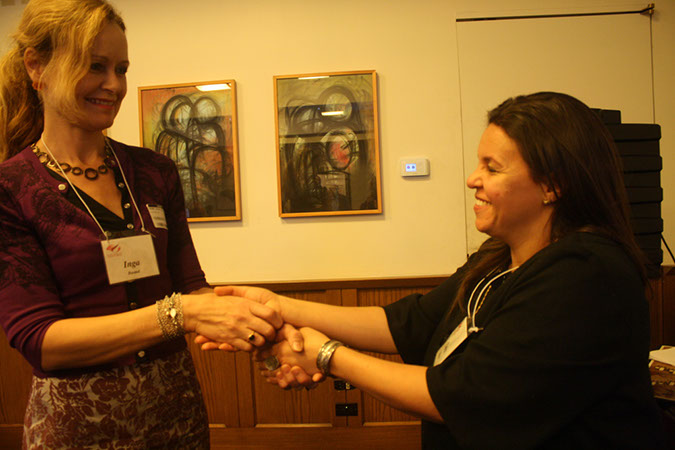

From Evelin's global point of view, unity in diversity is helpful as a motto to describe how the unity of communal solidarity, or what Evelin calls "big love" in her Gender book, can replace isolated or even hostile division, and how diversity in the context of equal dignity needs to replace oppressive uniformity. Evelin uses the infinity symbol, or the Möbius Strip, or the lying 8, ∞, to make this motto visible, and to show how it can model the form of dialogue that truly manifests the human rights ideal of "every human being is equal in dignity." Throughout her global life journey, Evelin found two cultural realms where each of these cultural traditions can be experienced at their best: In the photos above, Inga Bostad stands for the Norwegian cultural heritage of equality in dignity or likeverd that opens space for diversity, while Doaa Rashed stands for the cultural heritage of collective cohesion in the Nile Delta, a social cohesion that is indispensable when bridges are needed to be constructed to bring unity into diversity (Evelin lived in Cairo from 1984-1991). The photos were taken at the 22nd Annual Dignity Conference, or 2013 NY Workshop.
The photo above to the left was taken in September 26, 2016, and shows Glyn Rimmington together with Evelin demonstrating the infinity symbol as a symbol for dialogue. Mara Alagic, who took this photo, was later inspired to contribute with the picture you see on the right side, which shows the infinity symbol in unprecedented beauty. Thank you, dear Mara! She found this wonderful “infinity dance” on the website of the Alvin Ailey Dance Theater.
The photo with Glyn Rimmington was taken at the 5th Biennial Meeting of the Knowledge Federation, titled 'Tools and Practices for the Collective Mind Revolution', a conference that was held at the Inter-University Centre Dubrovnik, 25th September–1st October, 2016.
See the video of Evelin Lindner's talk titled 'From Systemic Humiliation to Systemic Dignity' (also the Powerpoint presentation).
Your reflections before and after our conference
Announcements and Good News
• Announcement of our Latest News
• The Dignity Press flyer of 2014
• An Introduction to HumanDHS, March 2013
• A Quick Fact Sheet, March 2013
• Information About Our Leadership and Collaborative Teams, March 2013
• A Collection of Pictures, Including the Book Covers, March 2013
What Is the Aim of Our Work?
Please read more in newsletter12.
Welcome Again!
We would like to end this newsletter by thanking all conference participants for co-creating a deeply enriching experience. All our network members have been with us in spirit throughout the conference, and we are very grateful for their ongoing encouragement and support.
Please be most warmly welcomed to our future conference:
Our Workshop on Transforming Humiliation and Violent Conflict at Columbia University in New York City in December 2016, and then we gather again in Indore, India, in August 2017!
WELCOME!!!
Linda & Evelin, September 2016
